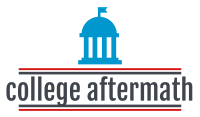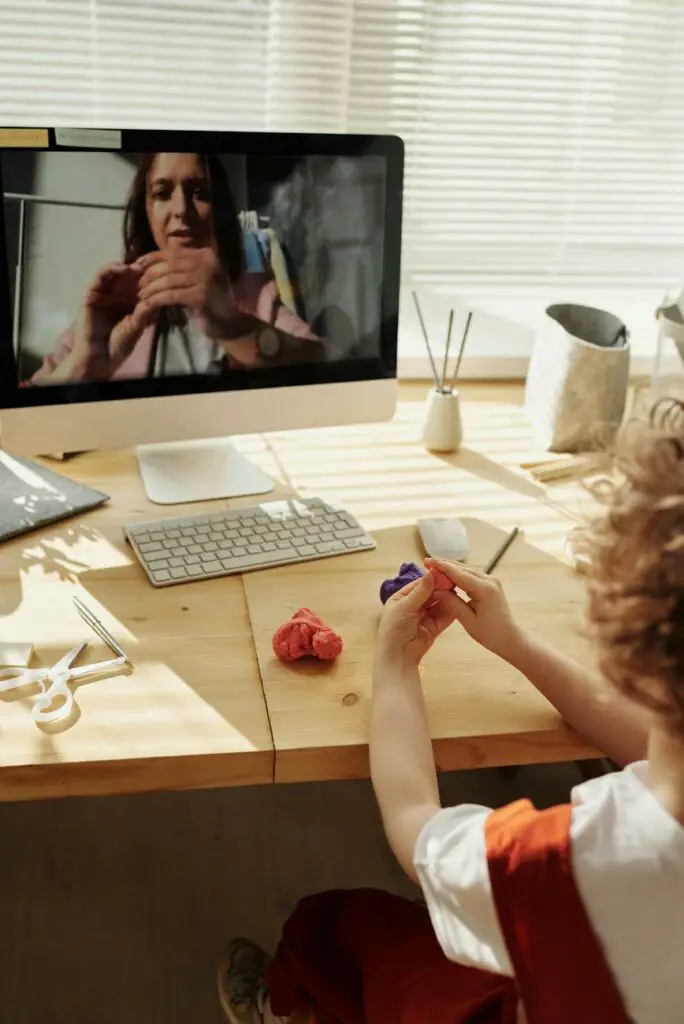The Gap in School Education
In today’s traditional education system, there exists a significant gap between what is taught in schools and the practical skills and knowledge that individuals need to navigate the real world. This gap arises due to the limitations of traditional education and the increasing need for real-world application in the classroom.
The Limitations of Traditional Education
Traditional education primarily focuses on academic subjects such as math, science, history, and literature. While these subjects are important, they often neglect to address crucial life skills that are necessary for personal and professional success. Students may graduate with impressive academic knowledge but struggle when faced with real-world situations.
By solely emphasizing academic achievement, students may miss out on developing essential skills such as critical thinking, problem-solving, communication, and collaboration. These skills are vital for navigating challenges, adapting to new environments, and effectively interacting with others. Traditional education tends to prioritize rote memorization and standardized testing, which may hinder the development of these practical skills.
The Need for Real-World Application
To bridge the gap in school education, there is a growing need to incorporate real-world application into the curriculum. Real-world application refers to teaching and learning experiences that connect academic concepts to their practical use in everyday life. By integrating real-world applications, students can better understand the relevance and importance of what they are learning.
Real-world application encompasses a wide range of areas that go beyond academic subjects. It includes practical life skills, financial literacy, emotional intelligence, critical thinking, cultural competence, digital literacy, environmental education, and health and wellness education. These areas equip students with the necessary tools and knowledge to navigate various aspects of life beyond the classroom.
By incorporating real-world application into education, students can develop skills that are directly applicable to their personal and professional lives. They can learn how to manage their finances, make informed decisions, understand and regulate their emotions, think critically, appreciate diversity, navigate the digital world responsibly, understand environmental issues, and prioritize their health and well-being.
By addressing the limitations of traditional education and incorporating real-world application, schools can better prepare students for the challenges and opportunities they will encounter in the real world. This approach promotes holistic development, increases the relevance of education, and empowers and engages students in their learning journey.
Bridging the Gap
To bridge the gap in school education and ensure students are prepared for the real world, it is essential to incorporate various practical skills and knowledge into the curriculum. By focusing on these areas, students can develop a holistic set of competencies that will benefit them in their personal and professional lives. The following are key areas that can help bridge the gap in school education:
Practical Life Skills
Practical life skills are essential for students to navigate daily life with confidence and independence. These skills encompass a range of abilities, such as time management, organization, communication, and problem-solving. By teaching practical life skills, students can develop the necessary tools to handle everyday tasks effectively.
Financial Literacy
Financial literacy is a crucial skill for students to develop early on. It equips them with the knowledge and skills to make informed decisions about money management, budgeting, investing, and understanding the basics of personal finance. By understanding financial concepts, students can better prepare for their financial future.
Emotional Intelligence
Emotional intelligence refers to the ability to recognize and manage emotions, both in oneself and in others. It encompasses skills such as self-awareness, empathy, communication, and relationship management. By fostering emotional intelligence, students can enhance their social interactions and develop healthier relationships.
Critical Thinking and Problem Solving
Critical thinking and problem-solving skills are essential for students to analyze information, evaluate situations, and make informed decisions. These skills enable students to think critically, question assumptions, and approach challenges with creativity and logical reasoning. By honing these skills, students can become effective problem solvers in various contexts.
Cultural Competence and Diversity
In an increasingly diverse world, it is crucial for students to develop cultural competence and an appreciation for diversity. This includes understanding and respecting different cultures, perspectives, and backgrounds. By promoting cultural competence, schools can foster inclusivity and prepare students to thrive in a global society.
Digital Literacy
In today’s digital age, digital literacy is a vital skill for students to acquire. It encompasses the ability to use technology effectively, critically evaluate online information, protect personal data, and navigate the digital landscape responsibly. By developing digital literacy, students can become savvy users of technology and adapt to the ever-changing digital world.
Environmental Education
Environmental education plays a crucial role in creating environmentally responsible citizens. It involves teaching students about sustainability, conservation, and the importance of protecting the environment. By instilling environmental awareness and knowledge, students can become active participants in environmental stewardship.
Health and Wellness Education
Promoting health and wellness education is essential for students’ overall well-being. This includes teaching students about nutrition, physical fitness, mental health, and healthy lifestyle choices. By emphasizing health and wellness education, schools can empower students to make informed decisions about their well-being.
By bridging the gap in school education through the incorporation of practical life skills, financial literacy, emotional intelligence, critical thinking and problem-solving, cultural competence and diversity, digital literacy, environmental education, and health and wellness education, students can develop a well-rounded skill set that prepares them for the challenges and opportunities of the real world.
The Benefits of Bridging the Gap
Bridging the gap between traditional education and real-world application comes with a multitude of benefits for students. By incorporating practical life skills and relevant knowledge into the curriculum, schools can better prepare students for the challenges they will face outside the classroom. Here are some key advantages of bridging the gap in school education:
Preparedness for the Real World
One of the primary benefits of bridging the gap is that it equips students with the necessary skills and knowledge to navigate the real world with confidence. By integrating practical life skills, such as communication, problem-solving, and time management, students develop essential abilities that will serve them well in their personal and professional lives. They become better equipped to handle challenges, make informed decisions, and adapt to new situations.
Holistic Development
Bridging the gap in education promotes holistic development by nurturing various aspects of a student’s growth. It goes beyond academic knowledge and focuses on developing their emotional, social, and physical well-being. By incorporating topics like financial literacy, emotional intelligence, and health and wellness education, students gain a comprehensive understanding of themselves and the world around them. This holistic approach fosters self-awareness, empathy, and resilience.
Increased Relevance of Education
When education is relevant and applicable to real-life situations, students are more engaged and motivated to learn. By bridging the gap, educators can create a meaningful connection between classroom learning and the outside world. Students can see the practical value of what they are learning and understand how it can be applied in their daily lives. This increased relevance not only enhances their learning experience but also encourages a lifelong love for learning.
Empowered and Engaged Students
By bridging the gap and providing students with the necessary skills and knowledge, they become empowered to take control of their own lives. They develop a sense of agency and self-confidence that enables them to make informed decisions and pursue their goals. Engaged students who see the value in their education are more likely to actively participate in classroom activities, collaborate with their peers, and take ownership of their learning journey.
Bridging the gap in school education is essential for preparing students for the challenges and opportunities they will encounter in the real world. By focusing on practical life skills, holistic development, increased relevance, and empowerment, educators can create a learning environment that equips students with the tools they need to thrive beyond the classroom.


